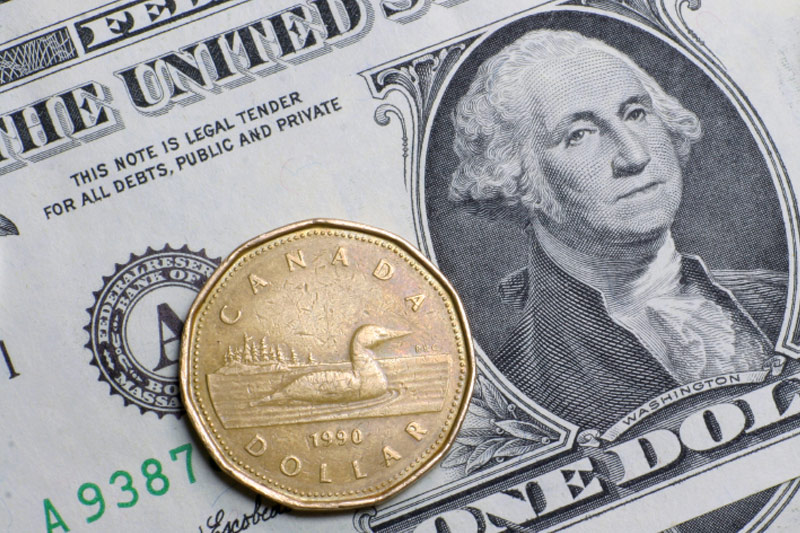Investing.com - The U.S. dollar rose against its Canadian counterpart on Friday, after the release of relatively positive employment data from the U.S. gave a boost to the greenback and comments by Richmond Federal Reserve President Jeffrey Lacker.
USD/CAD hit 1.3240 during early U.S. trade, the session high; the pair subsequently consolidated at 1.3227, gaining 0.36%.
The pair was likely to find support at 1.3115, the low of September 1 and resistance at 1.3325, the high of September 2.
The Labor Department said the U.S. economy added 173.000 jobs in August, disappointing expectations for an increase of 220.000. The number of jobs created rose by 245.000 in July, whose figure was revised from a previously estimated gain of 215.000.
The report also showed that the U.S. unemployment rate ticked down to 5.1% last month from 5.3% in July. Analysts had expected the unemployment rate to hit 5.2% in August.
U.S. average hourly earnings rose by 0.3% in August, beating expectations for an uptick of 0.2%, after a 0.2% increase the previous month.
The greenback also received support after Richmond Fed President Jeffrey Lacker said on Friday that the U.S. economy no longer needs interest rates near zero, fuelling further speculation over a possible rate hike as soon as this month.
At the same time, data showed that the number of employed people in Canada rose by 12.000 in August, confounding expectations for a 4.500 decline and after an increase of 6.600 the previous month.
Canada's unemployment rate rose to 7.0% last month from 6.8% in July. Analysts had expected the unemployment rate to remain unchanged in August.
The loonie was lower against the euro, with EUR/CAD rising 0.29% to 1.4713.
The single currency remained under pressure after the European Central Bank indicated on Thursday that it could expand its quantitative easing program amid increased downside risks to its inflation outlook.
The ECB lowered its forecast for growth and inflation, citing oil prices and slowing growth in China.
Earlier Friday, official data showed that German factory orders declined by 1.4% in July, compared to expectations for a 0.6% slip. Factory orders increased by 1.8% in June, whose figure was revised from a previously estimated gain of 2.0%.
